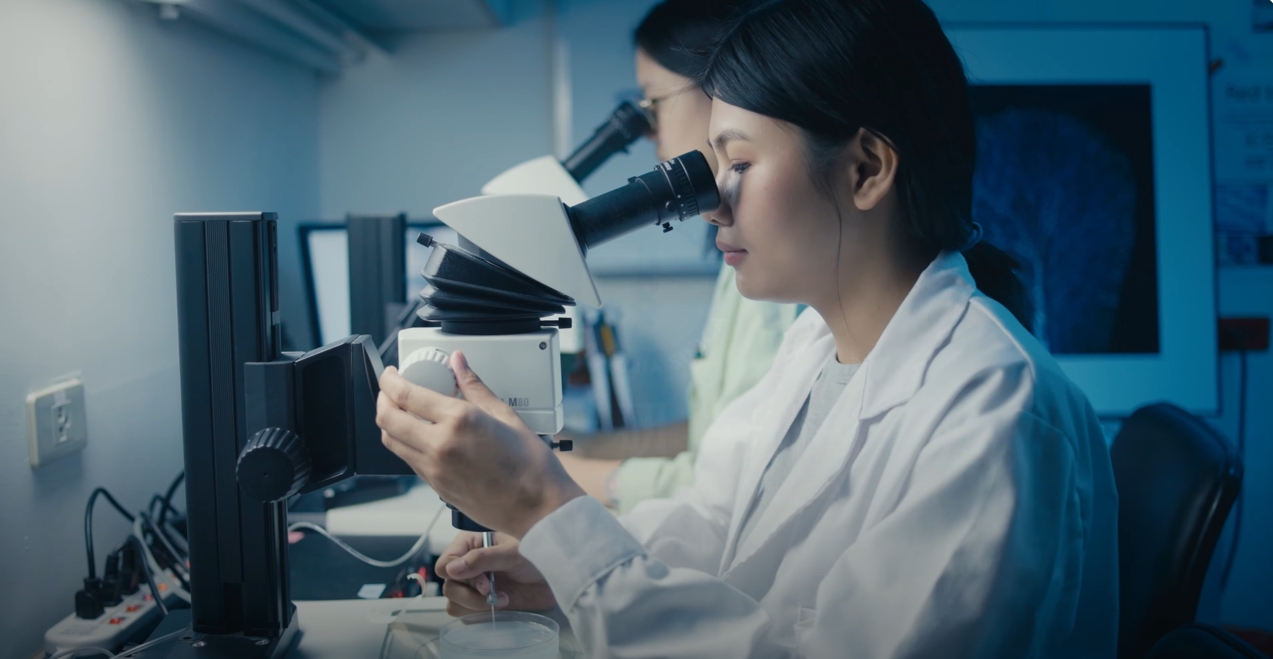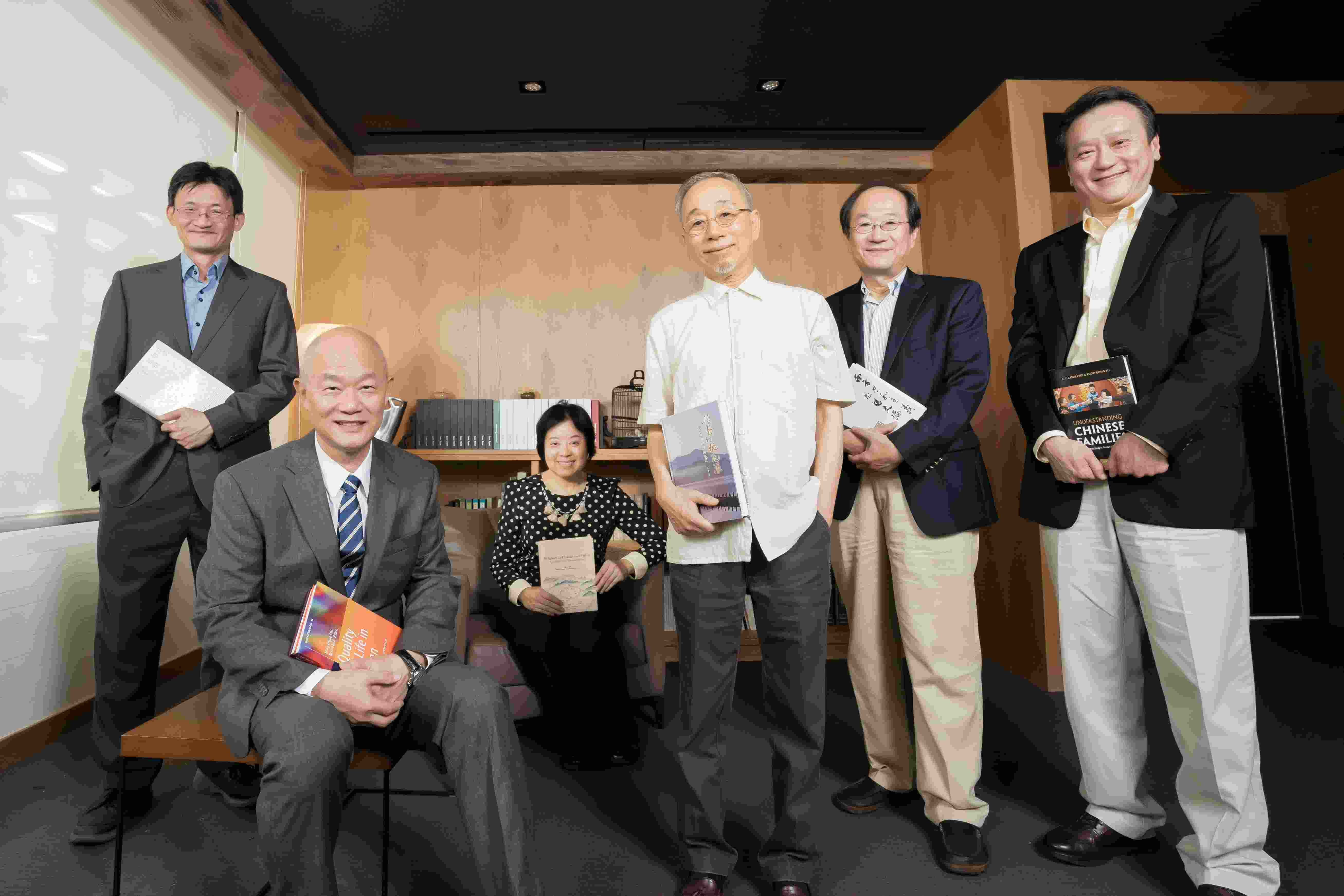- 演講或講座
- 物理研究所
- 地點
物理所5樓第一會議室
- 演講人姓名
花栗哲郎博士 (日本理化學研究所)
- 活動狀態
確定
- 活動網址
https://www.phys.sinica.edu.tw/lecture_detail.php?id=3111&eng=T
Abstract
One of the key advantages of scanning tunneling microscopy (STM) is its ability to operate under extreme conditions, making it a powerful tool for investigating electronic states associated with emergent phenomena in condensed matter systems. In particular, STM measurements at ultralow temperatures enable tunneling spectroscopy with sub-meV energy resolution, which is crucial for studying the superconducting gap structure, an essential fingerprint of mechanisms of superconductivity. A central technique in this context is the observation of Bogoliubov quasiparticle interference (BQPI) patterns, which allow us to extract both the energy dispersion and phase information of the superconducting gap in momentum space. We have developed STM systems capable of operating at temperatures below 100 mK and employed them to image BQPI patterns in various superconductors. In this talk, we will introduce the technical features of our STM setups and demonstrate how they can be used to elucidate the superconducting gap structure, using the iron-based superconductor Fe(Se,S) as a case study.









 首頁
首頁

